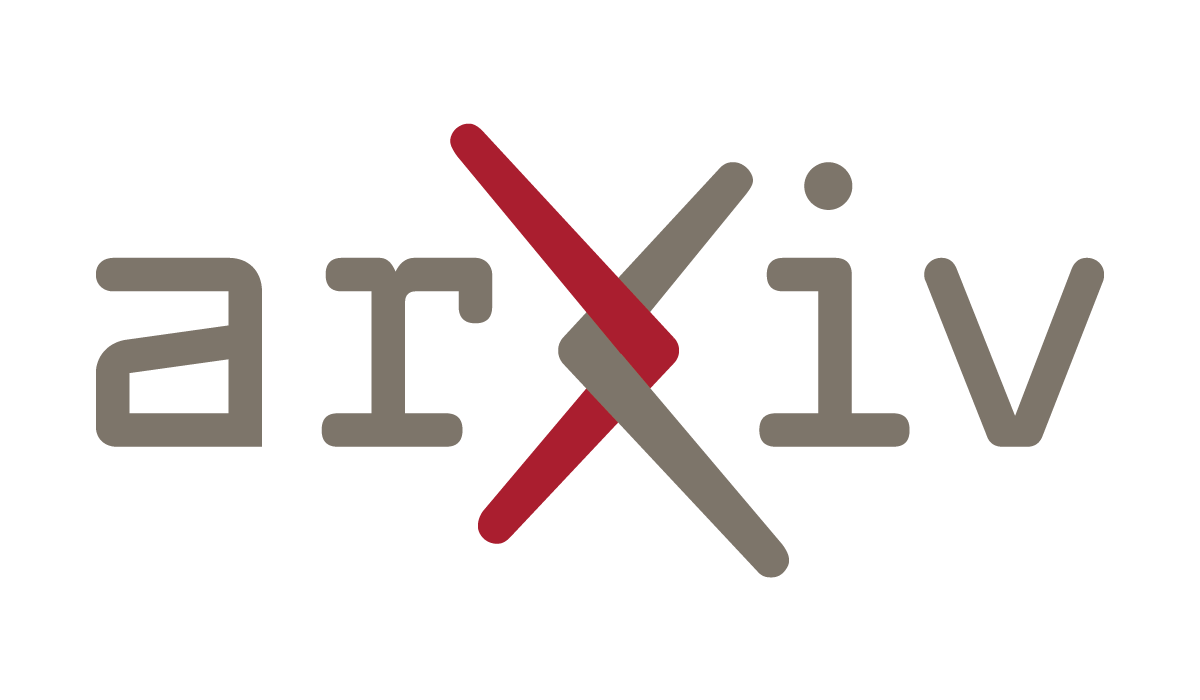

did the US, just conquer a whole nation overnight?
if you only listen to US media you might think so; at the press conference today Trump said “we’ll run it” as if they already control it, and he also claimed that Vice President (now acting president) Delcy Rodríguez told US Secretary of State Marco Rubio that “we’ll do whatever you need”. However, a few hours later:
so, no, although the US has kidnapped their president, at this point in time they have not actually conquered the nation.































I recommend TeleSUR’s english-language live stream, here: https://www.youtube.com/watch?v=3nN3vtMzxTo
Oddly it has only 45 people watching currently, and was under 200 viewers every time I was watching it yesterday 🤔